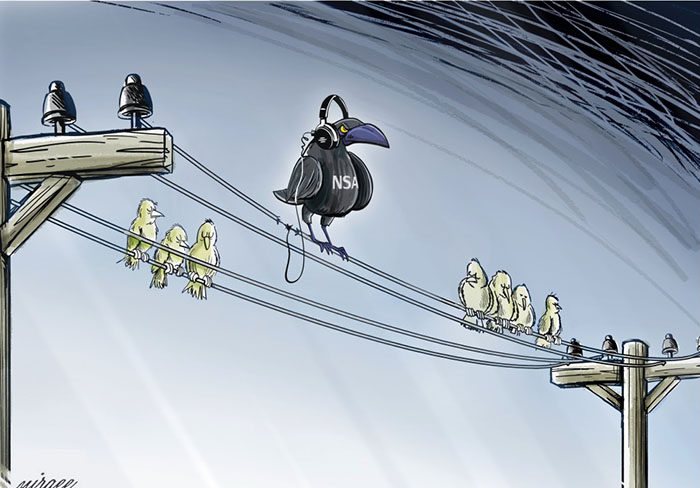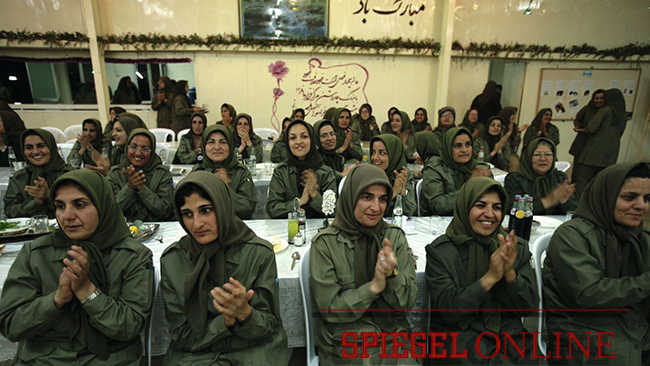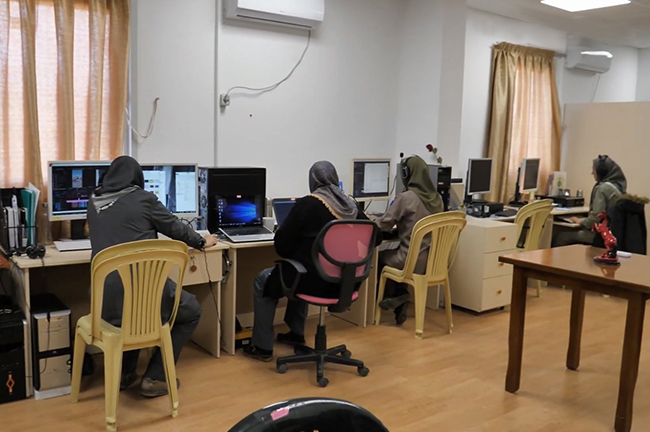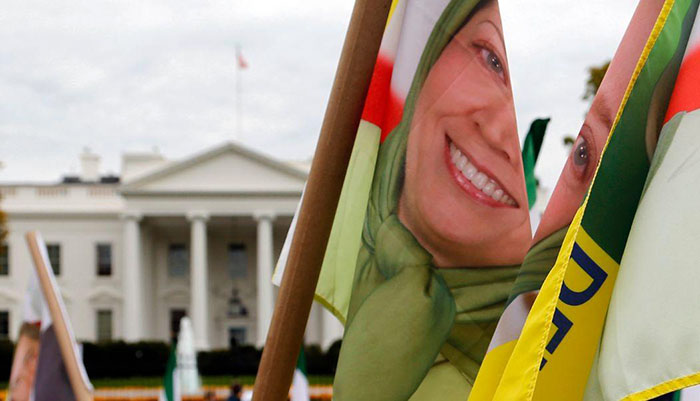Certain Trump administration officials favor the US government supporting the MEK, an Iranian opposition group exiled in Albania. Yet a look at the MEK’s history paints a disturbing picture that should give officials in Washington major concerns about any plans for enhancing US cooperation with the organization.

The People’s Mujahedin of Iran, or Mujahedin-e Khalq (MEK), has a dark history of violence and acts of terrorism against American interests. Established in the 1960s, the Marxist-Islamist group killed members of the Shah’s security apparatus on the streets of Iranian cities. Anti-American to its core, the MEK quickly earned a negative reputation in Washington for killing six US citizens, and for targeting American-owned hotels, airlines, and energy companies in Iran. The lyrics from an MEK song illustrate the vitriol which the organization held for the US during its early years: “Death to America by blood and bonfire on the lips of every Muslim is the cry of the Iranian people.”
The revolutionary student-led group played an important role in the Shah’s 1979 ouster. However, after Ayatollah Khomeini’s ascendancy and the Islamic Republic’s consolidation of power, Khomeini and his loyalists refused to share power with their former ally and began to crackdown on MEK protests. MEK responded by accusing Khomeini’s loyalists of monopolizing power, and then resorted to acts of violence and terrorism, including the bombing of the Office of the Prime Minister, killing both President Mohammad-Ali Rajai and Prime Minister Mohammad Javad Bahonar.

Having been forced to take refuge in Iraq under Saddam Hussein’s protection, the MEK sided with Baghdad in the eight-year conflict with Iran. In 1986, Saddam Hussein provided the MEK with a military base at Camp Ashraf, located 50 miles from the Iranian border. From there, the organization waged attacks in Iran with arms provided by the Iraqi government. Immediately after the implementation of the ceasefire between Iran and Iraq in 1988, roughly 7,000 Iraqi-backed MEK fighters launched Operation Forugh-e Javidan (Eternal Light) aiming to oust the regime in Tehran, only to be crushed in a counter-offensive days later by Iranian forces. In 1999, the MEK took its revenge by assassinating Lieutenant General Ali Sayyad-Shirazi, Deputy Chief of Iranian Armed Forces Chief of Staff, who had suppressed the MEK’s incursion.
As part of its overture to Iran, former President Bill Clinton’s administration designated the MEK a Foreign Terrorist Organization (FTO). In 2002, when President George W. Bush was seeking to build up international support for his plans to invade Iraq, he cited Saddam Hussein’s record of sponsoring “terrorist organizations that direct violence against Iran, Israel, and Western governments”, a tacit reference to Baghdad’s patronage of the MEK. Meanwhile, in the post-Saddam environment, more figures in the US government began to view the MEK as a tool to pressure the Islamic Republic. As such, the US military began secretly training the MEK in Nevada. “We did train them here, and washed them through the Energy Department because the Department of Energy owns all this land in southern Nevada,” a former senior US intelligence official told investigative journalist Seymour Hersh.
In Baghdad however, the Shi’a government no longer welcomed MEK’s presence in Iraq, and tacitly allowed the Iranian military to attack MEK’s base on its territory. By 2012, when it became clear that the MEK had no security in Iraq, the Obama administration, under much pressure from well-funded lobbyists, removed the group from the State Department’s FTO list. Meanwhile, the US government reached a secret deal that would relocate roughly 3,000 MEK members from Iraq, where they no longer had security, to Albania. As one former US diplomat involved in the deal explained, the relocation agreement had to be done secretly given the extent to which many government officials in France, Iraq, and Iran would have objected had they been aware of it at the time.

How has a Marxist-Islamist group that defined itself based on an ideology hostile to America gained popularity in Washington?
As the MEK openly calls for the overthrow of the Iranian government, and the recognition of Maryam Rajavi (the wife of MEK’s founder) as Iran’s next leader, the group has garnered strong support from Trump administration officials. But how, one must ask, has a Marxist-Islamist group that defined itself based on an ideology hostile to America gained popularity in Washington?
MEK’s role in exposing Iran’s nuclear activities during the early 2000s, gained the support of DC, where some officials unwisely began seeing it as a force capable of leading Iran into a post-Islamic Republic. Credible reports further suggest that MEK has paid handsome speaking fees to US officials for their appearance. Addressing MEK’s “Free Iran” conference in 2017, National Security Advisor John Bolton proclaimed that “the only solution is to change the [Iranian] regime itself.” Bolton also predicted that before 2019 “we here will celebrate in Tehran.” In January 2019, Ayatollah Khamenei, told a Qom audience that “… one of the US politicians [Bolton] said that he hopes and wishes to celebrate this year’s Christmas in Tehran. Christmas celebration was a few days ago… they are truly first-class idiots.”
Vagueness and a lack of transparency surround the MEK’s source(s) of funding. Numerous investigative journalists in Albania have explored this question. The Kingdom of Saudi Arabia shows support for the MEK politically, yet there is no solid evidence to back up the common assumption that the Saudi government finances the group.
The Regime Change Debate
Fortunately for Tehran, opposition to the Islamic Republic has been fragmented. Deep divisions between various opposing factions—including the MEK, monarchists, and various non-Persian ethnic minorities —have thwarted the establishment of any unified opposition. As the Middle East expert Borzou Daragahi recently explained, a common perception among Iran’s ethnic minorities is that for all their reasons to loathe the Islamic Republic regime, both the MEK and the monarchists would be more hostile to them than their ruling government.
Daragahi also noted that officials in Tehran do not perceive the MEK as a grave threat to the regime’s survival, using it instead as a prop to persuade more Iranians that the “opposition” is dark and beholden to hostile foreign powers targeting Iran since 1979.

False Identities Become the New Weapon: War with Iran Promoted by Fake Journalists
Realistically, the MEK lacks any means to mobilize support in Iran for an overthrow of the regime. Furthermore, if there is one thing that unites all Iranians of different affiliations, it is the loathing for a cult that sided with Iraq during its war against their homeland. But for American and British officials who vocally support it, public displays of solidarity with the MEK serve to enrage Iran’s government. They, on the other hand, continue to isolate the country politically and depress its economy through comprehensive sanctions. However, beyond angering those in power in Tehran, it is not clear what the US could achieve by providing more support to the MEK.
Notwithstanding objections to the MEK on moral grounds, it makes little sense to sponsor an organization that is struggling to survive, and has no support within the Iranian population. Since relocating to Albania, approximately 1,000 MEK members have left the group’s base outside of Tirana. The MEK later accused 40 of its former members, who subsequently held protests against it in Albania’s capital, of being “agents of the Iranian regime.” Hence, it is difficult to imagine a group, which still castigates its defecting members, successfully orchestrating a regime change in Iran, let alone one that is coordinated from southeastern Europe.
Shrouded in secrecy and controversy while harmed by global media reports about its conduct in Albania, the MEK has justified its reputation as a cult organization. After the disappearance of her husband Massoud, the 65-year-old Maryam Rajavi has been living in a delusional dream that one day she and her “followers” will march on Tehran to lead a revolution that ends the Islamic Republic. More realistically, MEK’s supporters in Israel, Saudi Arabia, and the US, will continue heaping praise on the group and support its formal and social media campaigns, which align with their anti-Iran agendas.
Yet none of the actors that want to see the Iranian regime fall should have any reason to believe that the MEK is a reliable actor capable of bringing about the desired outcome. It seems though that they all have reached the conclusion that supporting the MEK can be an effective tool to harass the Islamic Republic and use the group that the State Department once had on its FTO list as a bargaining tool. Nevertheless, Washington policy makers should keep in mind that regardless of the fate of the Islamic Republic, the widely despised MEK will have no political future in Iran.
by Giorgio Cafiero – insidearabia.com


